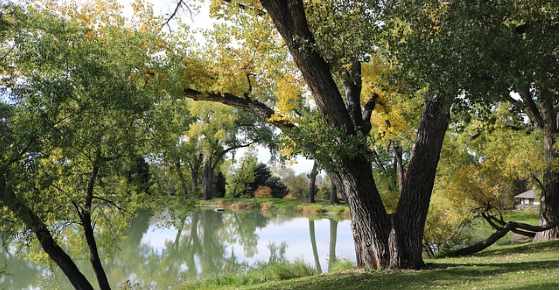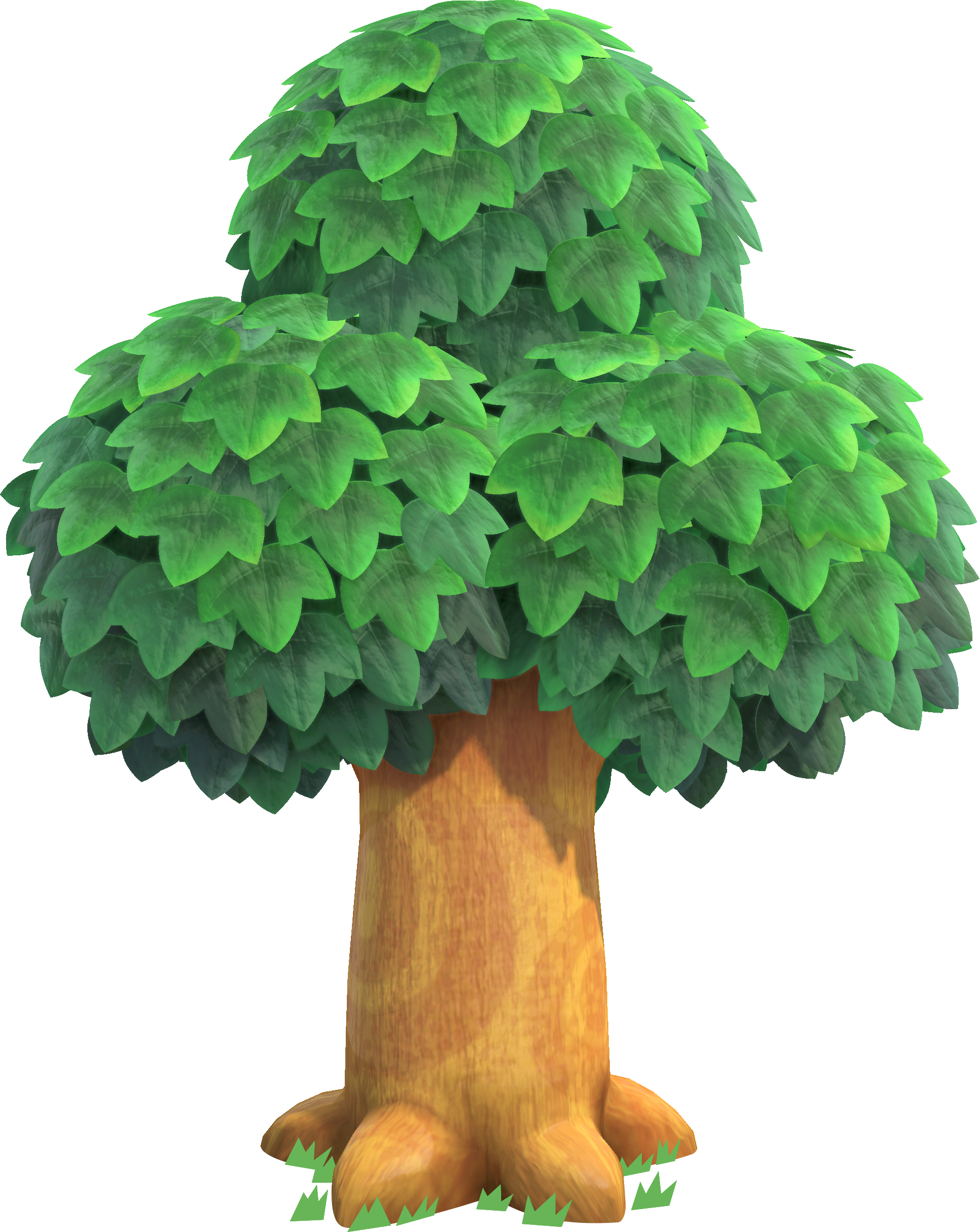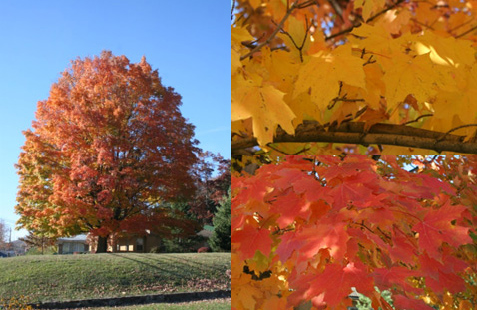
Cankers-sunken, infected areas with swollen edges-may develop on twigs, branches, and the trunk, occasionally resulting in girdling (the destruction of the nutrient and water conducting tissues all the way around a branch or twig) and dieback. In severe cases, notably on Chinese elm and some ash cultivars, anthracnose can sometimes attack and kill twigs and branches. New leaf growth usually occurs after leaves drop prematurely. Heavily infected leaves fall prematurely throughout the growing season, and sometimes trees become completely defoliated. Mature leaves are generally resistant to infection, but when conditions are favorable, spotty lesions can occur. Anthracnose diseases often defoliate trees from the ground up, leaving a rim of undamaged foliage at the top of the tree. If leaves are very young when infected, they can become curled and distorted with only a portion of each leaf dying. Dead areas on leaves can be more irregular on hosts such as ash, maple, and willow, while sycamore and oak anthracnose lesions typically develop along major leaf veins. Small beige, brown, black, or black spots later appear on infected twigs of hosts such as elm, oak, and sycamore. On landscape trees, the fungi infect developing shoots and expanding leaves.

IDENTIFICATION AND DAMAGEĪnthracnose symptoms vary by plant host and due to weather conditions. Some of the more commonly encountered species in California are listed in Table 1. The list of fungi that cause anthracnose is extensive, with each species typically attacking one or only a few closely related host species. Anthracnose affects many deciduous and evergreen trees and shrubs and can also infect vegetables, flowers, fruit, and turfgrass in some regions in California.īecause the disease often starts on leaves and twigs of trees, it is sometimes called leaf, shoot, or twig blight. In severe cases it may also cause sunken lesions and cankers on twigs and stems. Then it grows new leaves to capture the sunlight and the cycle starts all over again.Anthracnose is a term used to loosely describe a group of related fungal diseases that typically cause dark lesions on leaves. The tree can then live through the winter using the energy it's saved up until the days get longer and warmer. Without the chlorophyll to help them make energy, the leaves don't really have a job to do, so when the timing is right, they break off their branches and fall to the ground. The energy that the leaves have made flows into the tree and gets stored. Once this happens, the green color starts to fade and the reds, oranges, and yellows become visible. This is a signal for the leaf to prepare for winter and to stop making chlorophyll. The summer sunlight triggers the leaves to keep making more chlorophyll, but trees are very sensitive to changes in their environment.Īs summer turns to fall and the days get shorter, less and less sunlight hits the tree's leaves. Chlorophyll is important because it helps plants make energy from sunlight, a process called photosynthesis. Through spring and summer, we don't see the other pigments in the leaves, just the green chlorophyll. Chlorophyll causes the green, xanthophyll makes yellow, carotenoids make orange leaves, and anthocyanins make red leaves. Leaves have color because of chemicals called pigments and there are four main types of pigment in each leaf.


That's a signal for leaves to change.įall is a magical time of year when leaves change their color and trees are the stars of Mother Nature's fashion show.īut there's a scientific explanation behind this transformation.



 0 kommentar(er)
0 kommentar(er)
